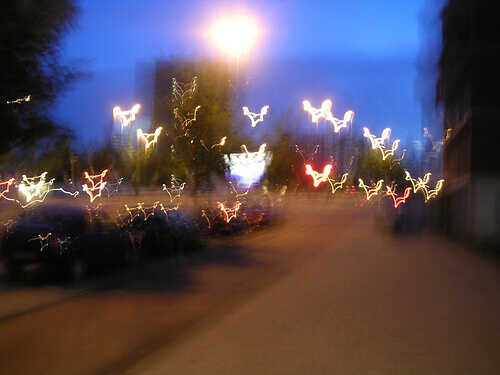Understanding what keratoconus is, a progressive eye disease.The severity of keratoconus symptoms will vary from person to person and in accordance to the stage of the disease we are in.
However, the types of keratoconus symptoms we experience will be similar for those of us diagnosed with keratoconus. Many of us that have keratoconus were completely unaware that we had the disease and the impact it would have on our lives.
Early Keratoconus Symptoms
- Slight worsening of our vision. Symptoms resemble those of nearsightedness and astigmatism. This symptom is part of the early stage of keratoconus. As an example, I started wearing glasses, due to keratoconus, at the age of six.
- Frequent corrections to our prescription for our glasses.
- Increased sensitivity to light. Bright lights will become a problem for us, especially while driving at night with keratoconus.
- Headaches, eye irritation or eye pain.
Intermediate, Advanced Keratoconus Symptoms
- Glare and halos around light. For example, around street lights, traffic lights.
- Sudden worsening of vision. As an illustration, I woke up one morning, I was around the age of nineteen, and my vision had deteriorated significantly from the day before.
- Bulging cornea. In the later stages of keratoconus, we will notice our cornea becoming more coned shaped, as the disease continues to progress resulting in the worsening of our eye sight.
Keratoconus Signs
The most significant keratoconus sign to take note of will be the rate at which our vision deteriorates.
For example, I received my first pair of glasses at the age of six in 1976.
It was believed at the time that I had simple astigmatism. It’s important to note, that back then the screening process for keratoconus was not what it is today.
From the age of six until I entered high school my vision remained stable, that is to say, keratoconus did not progress aggressively. The aggressive progression came later in my teens.
Aggressive Vision Loss
Keratoconus is progressive eye disease. In other words, from the first keratoconus signs we encounter, our vision will get increasingly worse due to the nature and the progression of the disease.
As a matter of fact, my prescription for glasses from the age of fifteen, until I was diagnosed with keratoconus at eighteen in 1988, changed several times in that period.
Keratoconus Vision Example

Luckily, we have images that show what we see to illustrate our reality. It’s important to note, that the stage of keratoconus we are in will have great influence as to how badly our vision has deteriorated.

As an example, when I was in the early stages of my diagnosis, I could still see fairly well without my glasses.

Recognize The Symptoms and Signs of Keratoconus Early
At the present moment there is no cure for keratoconus. Furthermore, we cannot reverse the damage to our cornea due to keratoconus.
However, if we are able to get diagnosed early enough, we can slow down the progression and in some cases halt the progression of the disease all together.
As an example, if we are diagnosed in the early stages of keratoconus and with the guidance of our practitioner.
Using treatment, we have a good chance of stopping the disease from progressing. From the early stage, to the intermediate stage, to the advanced stage or severe keratoconus, which is a huge win for us.
Key Takeaways
- Early signs of keratoconus will resemble simple astigmatism. It is of vital importance we make sure we have simple astigmatism and not keratoconus disguised as astigmatism. Especially in our adolescent years.
- Frequent adjustments to our eyewear prescription in a short time span should be taken very seriously and inquired about.
- Sudden worsening in our vision could be a sign of keratoconus or another eye disease. We should contact our practitioner immediately if this happens.
- Ask questions. If we are unsure of anything, we must ask our practitioner. No matter how insignificant we might think it is.
To Summerize
Adolescence astigmatism, coupled with the rate of our vision loss will be a key indicator that we could possibly have keratoconus. As with many diseases, early detection is so important.
Early detection of keratoconus will give us more options to help manage our condition.
If you or someone you know might have keratoconus symptoms, we urge you to get a proper diagnosis from a qualified professional as soon as possible.